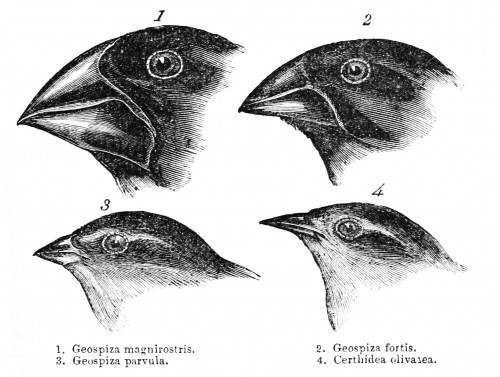 In this lesson, students will learn about survival, reproduction, selection, adaptation, and evolution all while playing hands-on games and constructing their knowledge through experience. Students get to be birds and compete against their classmates to eat the most seeds. This activity demonstrates how small beaks are better at getting small seeds, whereas large beaks are better at getting large seeds. Next, students become part of a bird population with a variety of beak sizes. Depending on the weather, big, small, or medium seeds are common that year. Students observe how populations change over time based on the environment. Students explain why the population changes over time, and they also make predictions about what will happen to the population in future years.
In this lesson, students will learn about survival, reproduction, selection, adaptation, and evolution all while playing hands-on games and constructing their knowledge through experience. Students get to be birds and compete against their classmates to eat the most seeds. This activity demonstrates how small beaks are better at getting small seeds, whereas large beaks are better at getting large seeds. Next, students become part of a bird population with a variety of beak sizes. Depending on the weather, big, small, or medium seeds are common that year. Students observe how populations change over time based on the environment. Students explain why the population changes over time, and they also make predictions about what will happen to the population in future years.
At the conclusion of the lesson, students will be able to:
- Describe how physical characteristics of an organism affect what it can eat, which then impacts its survival and reproduction
- Explain why a population might change over time based on the environment
- Make predictions about how a population might change over time based on the environment
- Draw graphs from game outcomes, summarize patterns, and interpret what is happening to the population over time
- Compare game outcomes and explain why populations look different depending on the environmental conditions they experienced over time
Resources:
- Lesson Plan
- Beak Game Rules
- Beak Size Cards
- Beak Game Board
- Weather Dial
- Beak Lesson Wrap Up Presentation
- Extension activity worksheet
- Worksheets with blank graphs:
- Worksheets with grid graphs:
Lesson plan written and created by GK-12 Fellow Alycia Lackey, 2012
